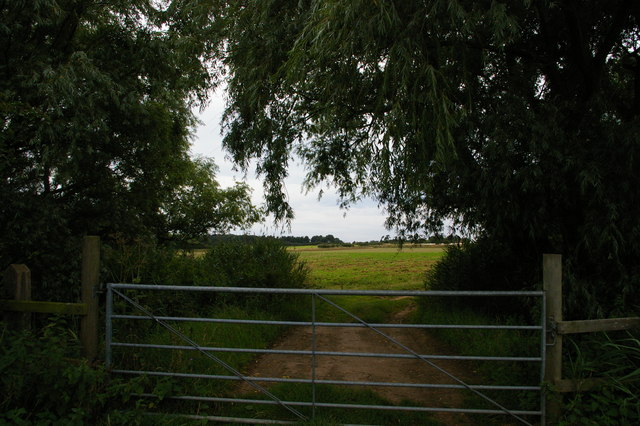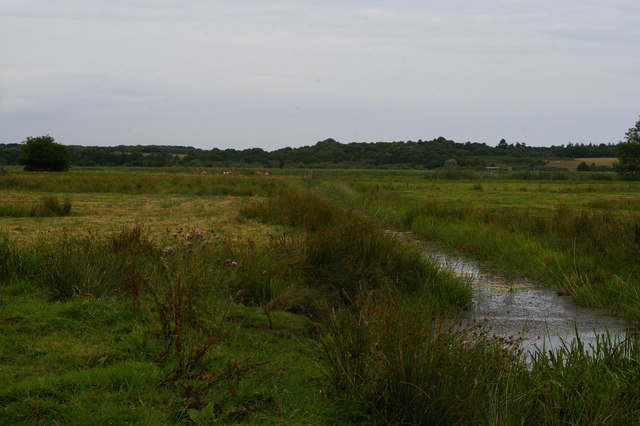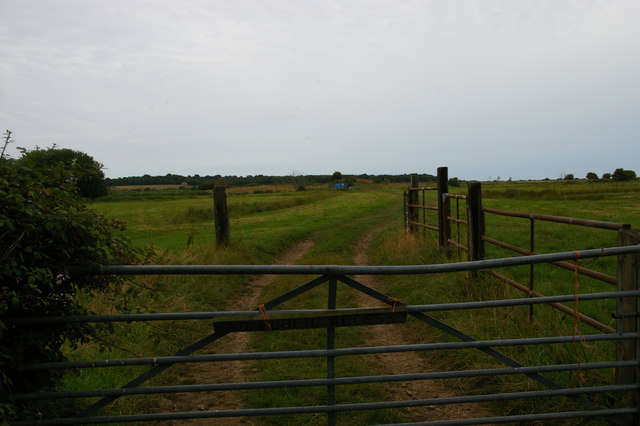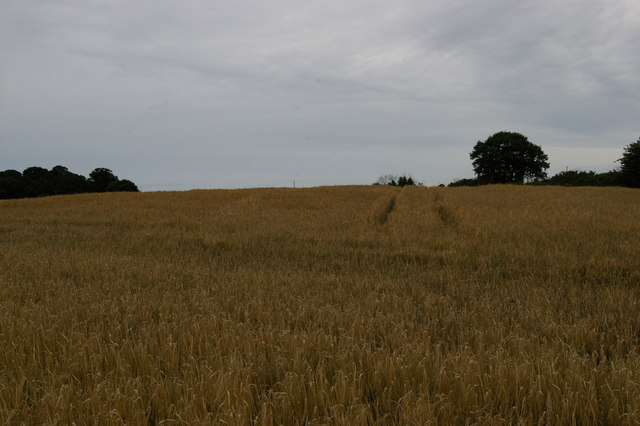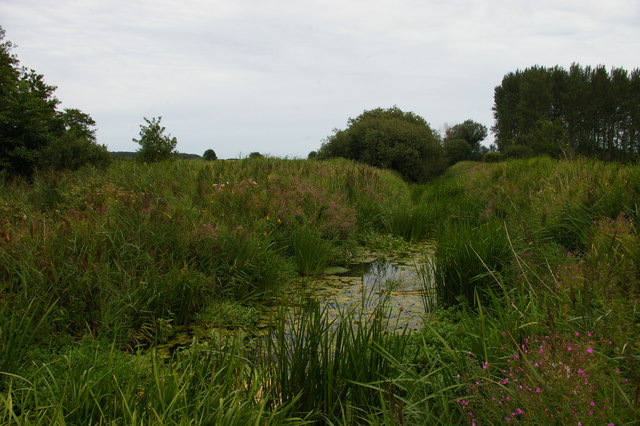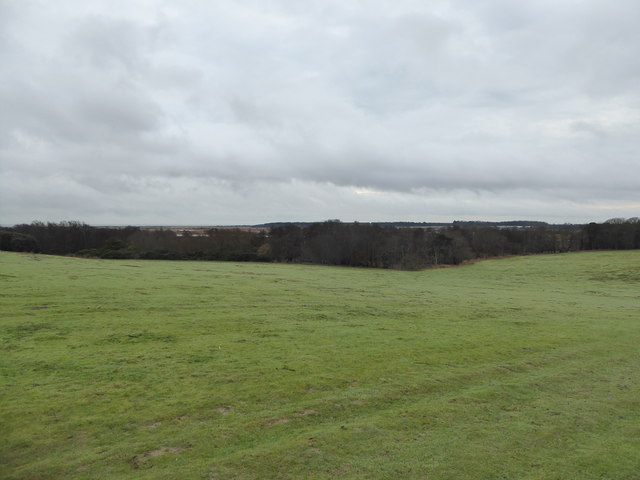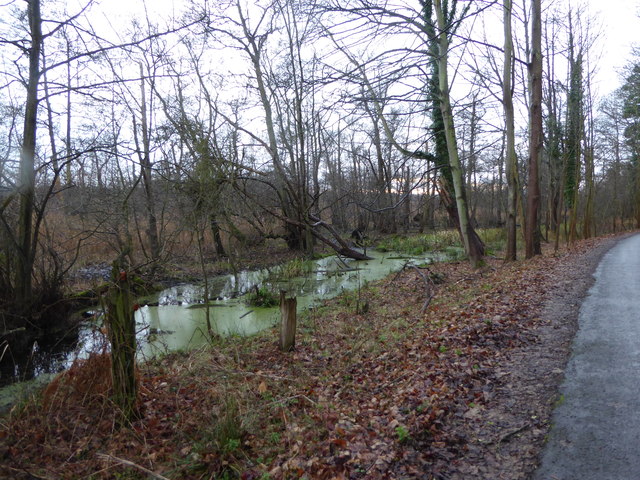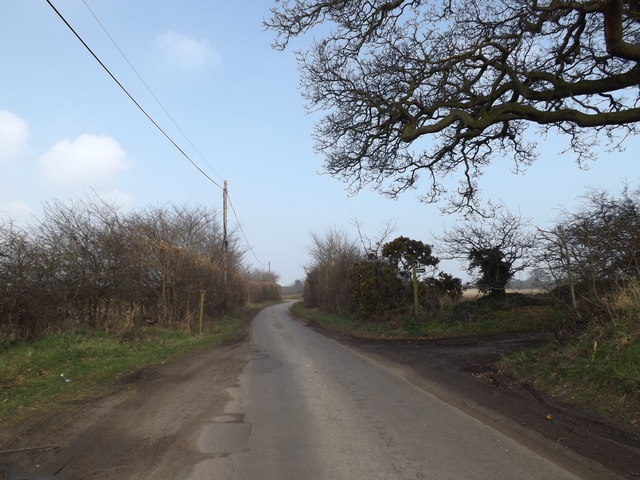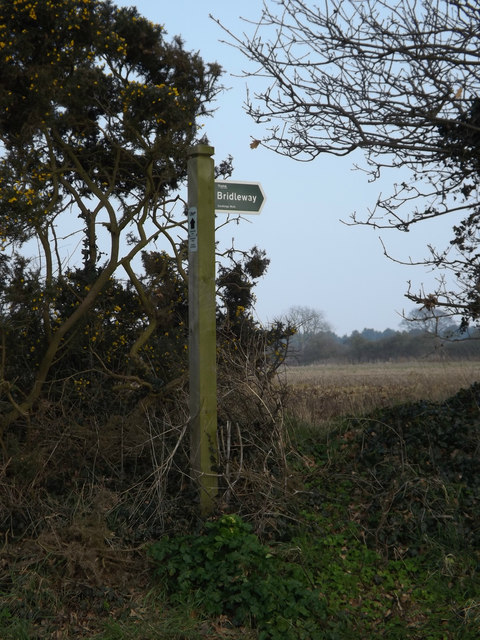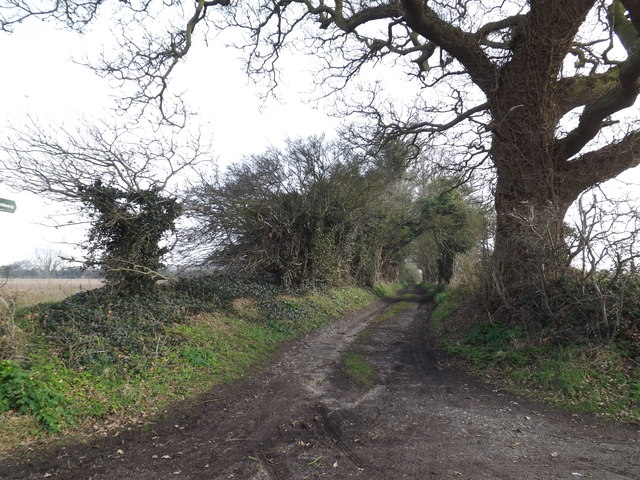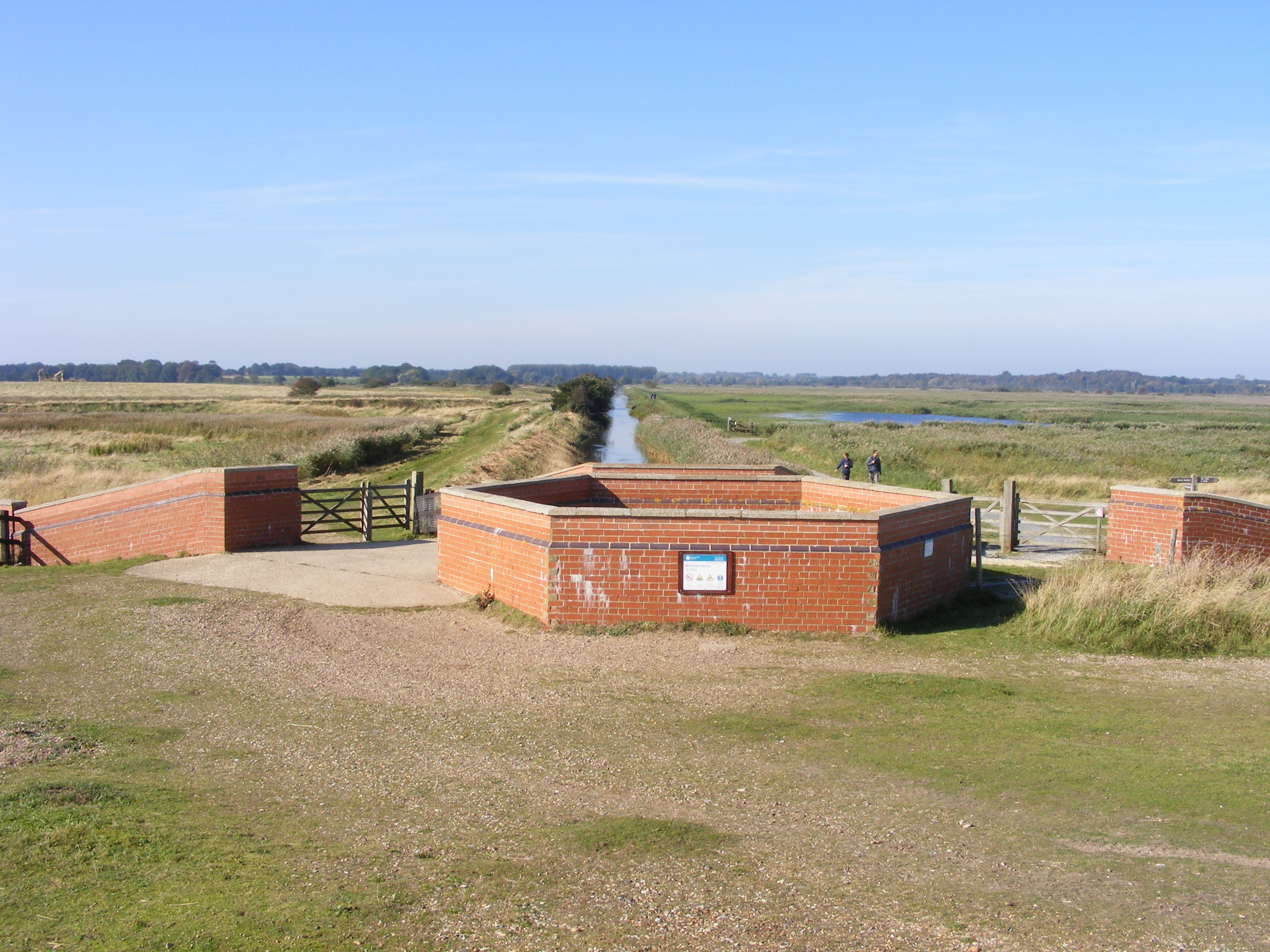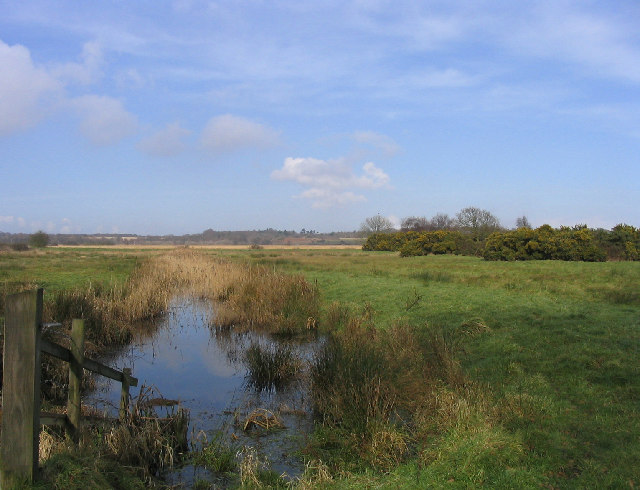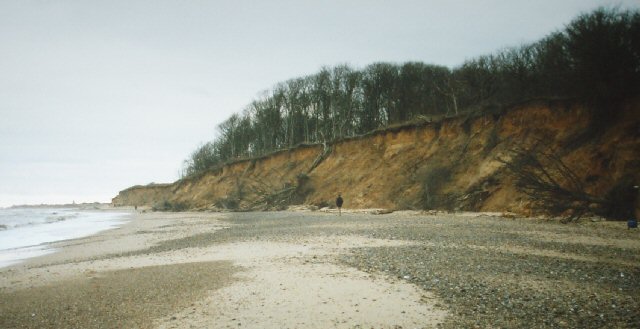The Grove
Wood, Forest in Suffolk East Suffolk
England
The Grove

The Grove, Suffolk, is a picturesque wood located in the county of Suffolk, England. Stretching across a vast expanse of land, this forested area is nestled within the charming countryside of East Anglia.
The Grove is renowned for its natural beauty and tranquil ambiance. It boasts a diverse range of tree species, including oak, beech, and birch, which form a dense canopy overhead. The forest floor is carpeted with a plethora of wildflowers and moss, creating a vibrant and enchanting atmosphere. Walking trails wind their way through the woodland, offering visitors the opportunity to explore this idyllic retreat.
The Grove is not only a haven for nature lovers, but also for wildlife enthusiasts. The forest is home to a variety of animal species, such as deer, foxes, badgers, and an array of birdlife. It provides a vital habitat for these creatures, ensuring their preservation and creating a rich ecosystem.
Throughout the year, The Grove offers a range of recreational activities for visitors. Hiking and walking are popular choices, with trails catering to different abilities. The forest also provides an excellent setting for photography, with its stunning vistas and captivating flora and fauna.
The Grove, Suffolk, is not only a natural sanctuary but also a place of historical significance. The forest has witnessed centuries of human activity and is believed to have played a role in local folklore and legends.
In conclusion, The Grove, Suffolk, is a captivating woodland retreat that combines natural beauty, wildlife, and historical significance. It offers a serene escape from the hustle and bustle of everyday life, inviting visitors to immerse themselves in its enchanting surroundings.
If you have any feedback on the listing, please let us know in the comments section below.
The Grove Images
Images are sourced within 2km of 52.232765/1.607062 or Grid Reference TM4665. Thanks to Geograph Open Source API. All images are credited.



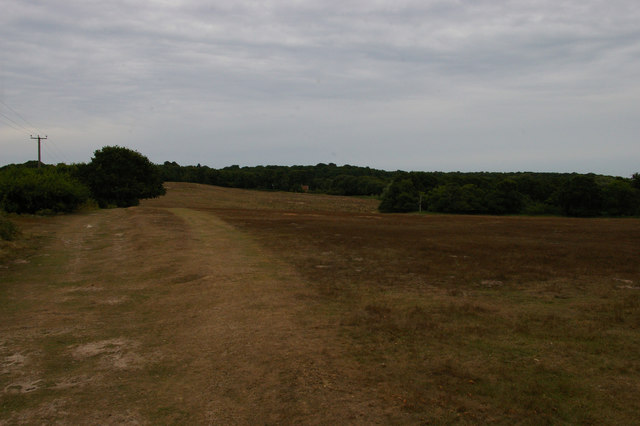
The Grove is located at Grid Ref: TM4665 (Lat: 52.232765, Lng: 1.607062)
Administrative County: Suffolk
District: East Suffolk
Police Authority: Suffolk
What 3 Words
///subject.paddocks.onto. Near Leiston, Suffolk
Nearby Locations
Related Wikis
Eastbridge
Eastbridge is a village in the English county of Suffolk. It is located approximately 4 miles (6.4 km) north of Leiston, 2 miles (3.2 km) from the North...
RSPB Minsmere
RSPB Minsmere is a nature reserve owned and managed by the Royal Society for the Protection of Birds (RSPB) at Minsmere, Suffolk. The 1,000-hectare (2...
Sizewell Belts
Sizewell Marshes form a 260-acre (105.4 ha) biological Site of Special Scientific Interest adjacent to Sizewell in Suffolk. It is in the Suffolk Coast...
Minsmere River
Minsmere River is a river in the English county of Suffolk which flows into the North Sea at Minsmere. The river is formed from the River Yox at Yoxford...
Minsmere
Minsmere is a place in the English county of Suffolk. It is located on the North Sea coast around 3.5 miles (5.6 km) north of Leiston and 1.5 miles (2...
Sizewell C nuclear power station
Sizewell C nuclear power station is a project to construct a 3,200 MWe nuclear power station with two EPR reactors in Suffolk, England. The project was...
Leiston Abbey
Leiston Abbey outside the town of Leiston, Suffolk, England, was a religious house of Canons Regular following the Premonstratensian rule (White canons...
Suffolk Coast and Heaths
The Suffolk Coast and Heaths AONB is an Area of Outstanding Natural Beauty in Suffolk and Essex, England. The AONB covers ancient woodland, commercial...
Related Videos
WALKING at DUNWICH HEATH and MINSMERE Suffolk | Spring 2022 | Vlog 486
We left Mill Hill Farm Caravan Park in Darsham Suffolk and headed towards Dunwich. We parked Smirf in the National Trust ...
A Common Lizard at Minsmere - spot the ladybird
A very tame basking Common or Viviparous Lizard at RSPB Minsmere. After filming, I noticed a small 22-spot Ladybird ...
Exploring Leiston Abbey ruins
A visit to Leiston Abbey ruins, exploring them and finding out more about the history and the current residents of the farmhouse ...
Spring at last! A glimpse of ReVamp ReTreat Staycation near Minsmere, Suffolk in the spring.
We wanted to share the beautiful surroundings at our lodge, so here is a short video taken in the spring. Just a short walk away ...
Have you been to The Grove?
Leave your review of The Grove below (or comments, questions and feedback).

